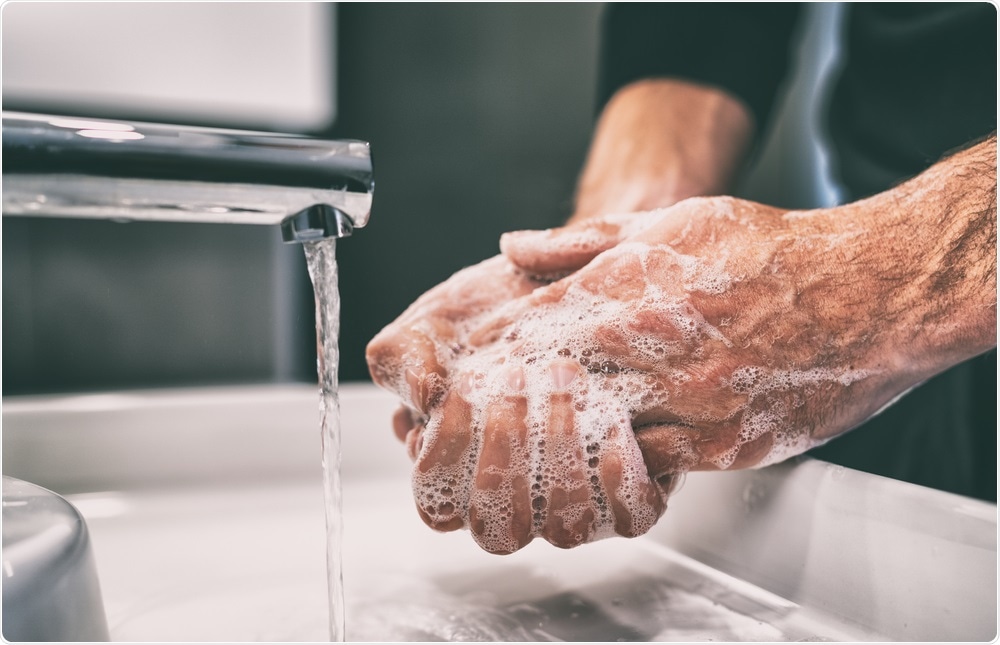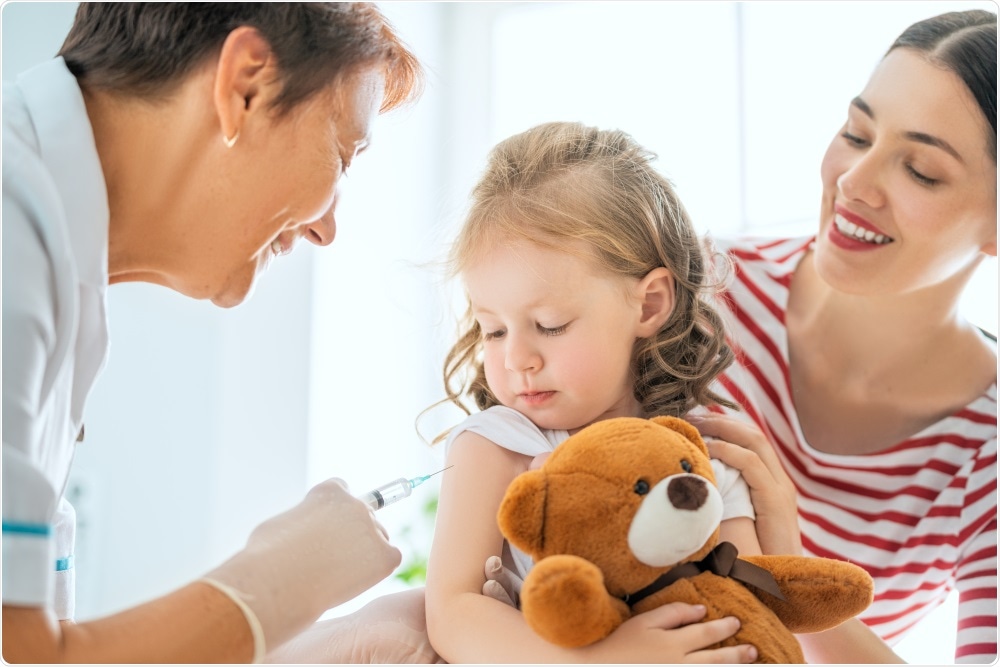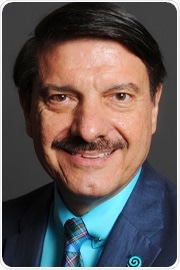Dr. Albert Rizzo, Chief Medical Officer at the American Lung Association, speaks to News-Medical about the importance of wearing masks to help control the spread of COVID-19.
What provoked your research into COVID-19 and the use of masks?
There has been some debate over the months since the pandemic started as to the modes of transmission of the COVID-19 virus. Surfaces or fomites are possibly less important than we originally thought, the virus can still be found for different lengths of times on surfaces, depending on the type of surface and surrounding temperature, but it seems that infectivity by the virus is felt to be low and is likely to fade quickly with time.
The mask recommendations have been derived from the fact that the airborne nature of the spread is more apparent now, especially when we realized that these droplets or aerosols were being spewed out by individuals who were minimally symptomatic or not symptomatic at all, but had the infection.
Masks have been recommended at the beginning to protect others from these droplets and aerosols that were generated by the wearer, but now there is also growing evidence that masks may actually help prevent the wearer from getting exposed to the infection also, and may actually decrease the inoculum or the amount of virus that might be inhaled, therefore leading to a less severe infection.
Droplets themselves are usually considered to be 10 to 15 microns in diameter and are generated by people when they cough or sneeze. They usually fall to the ground quickly and account for the six-foot social distancing measure that has been recommended all along.
More importantly, aerosols, which are smaller than droplets (10 to 15 microns), are generated by just talking, breathing, smoking, singing, exercising, and yelling. These particles tend not to fall to the ground very rapidly remaining suspended in the air for hours depending on the surrounding ventilation. That is why outdoor gatherings carry a lower risk of spread. This mode of transmission has been often quoted as the reason for some of the super spreading outbreaks that occur at functions such as weddings, parties, and sporting events.
We actually developed a research protocol for COVID-19, not specifically for masks, but we know masks are being looked at by the researchers who apply to us for funding.

Image Credit: r.classen/Shutterstock.com
What is the importance of wearing masks in helping to control the spread of COVID-19?
Everyone should wear masks to decrease the spread of COVID-19 from infected and/or asymptomatic wearers and help protect the wearer from inhalation of infectious droplets from others.
Masks are playing a much bigger role in bringing the pandemic under control than was initially thought.
Can you describe the correct way to wear a mask?
Masks are going to work best if they cover the nose and the mouth. When we breathe, talk or sneeze, these droplets come out of both the nose and the mouth, so covering them both helps prevent exposure to others from your droplets.
The same thing helps to protect you. If you inhale through the nose or the mouth, if it is not covered by the mask, it is not going to be able to protect you as well. So, there is definitely places where people, because they feel more comfortable, will not cover the nose, and they will just cover the mouth. We recommend covering both.
The other important thing is to try to have it fit snugly to the face, especially across the bridge of the nose. Many of these masks have a little more stiffness or sometimes even a metal bar over the bridge to fit the mask more securely. But many patients have to balance the snug fit with the comfort of breathing through a mask, and this mainly goes to a lot of the patients I see who already have underlying chronic diseases.
These individuals can manage okay for 10-15 minutes at a time, but the longer they have to be in a mask, they do feel like their breathing's getting too labored. So, they have to take a break, go away from areas where they have to wear the mask for long periods of time, but covering the nose and mouth is particularly important.
What other safety protocols should people follow to limit the spread of COVID-19?
We certainly do not want to forget about the importance of frequent handwashing with soap and water, or at least using alcohol sanitizers with at least 60% solution. Wearing a mask we have already talked about, especially when outside of your home, and practicing the social distancing measures as much as possible. Avoid being around sick individuals as much as possible and try not to go into workplaces if you feel ill because you may actually expose others.
Another recommendation is to simply avoid crowds, especially indoors where we know ventilation may not be optimal, especially for long periods of time. We want to make sure you avoid places where mask-wearing is not being practiced by everybody.
Really be aware of your surroundings and institute all those measures of handwashing, social distancing, and mask-wearing.

Image Credit: Maridav/Shutterstock.com
How will the upcoming winter months affect the severity of COVID-19, and what could people do to reduce their chances of spreading this virus?
The colder months will likely drive activities that were being able to be handled outdoors indoors, where there is less optimal ventilation, and this will be an issue concerning an increase in spread. The same recommendations apply here as mentioned before, but we also know the winter months do carry with them certain holidays that are certainly covered here in the United States and worldwide.
That unfortunately is going to draw individuals to, who probably missed many family members for months, maybe let their guard down and congregate in homes where there are more people than there should be there, where social distancing cannot take place, and where the ventilation may not be optimal. I think we all realize that these winter months may very well be a worsening of the already present surge that is occurring across the world.
In your latest statement, you have encouraged everyone above 6 months old to get the flu vaccine. Why is this?
In the United States, it has been recommended for a period of time now that the Center for Disease Control feels that immunization best practices includes anyone over the age of six months getting the vaccine.
The more individuals we immunize against the seasonal flu, the more herd immunity is achieved and outbreaks and hotspots where local epidemics can be prevented. This is especially important this year in view of the coexisting COVID pandemic that may already be stretching the resources of the health care community.
We are also stressing the importance of the flu vaccine for the elderly and those with comorbid diseases because we know they are at more risk of developing complications of the flu.

Image Credit: Yuganov Konstantin/Shutterstock.com
Do you believe that if everyone correctly followed guidelines, we could potentially reduce the number of people catching COVID-19?
Yes, and I believe this is supported by experience in the past with other infectious diseases and pandemics. Even just this past year with the institution of the social distancing measures in the Southern hemisphere, they saw a drop in the influenza rate.
Influenza, just like COVID, is a disease spread by person to person by airborne transmission, and if we can follow measures like this, it should decrease the spread of the COVID-19 virus.
What are the next steps in your research into masks and COVID-19?
As part of our COVID-19 action initiative launched earlier this spring, we have already funded new COVID researchers in areas of immune response, prevention, risk factors, and therapeutics at a level of $3 million.
We are planning on another round of funding later this year. At the same time, we are using our other mission tools of educating the public and healthcare workers and advocating for state and federal legislation that will help eliminate many of the inequities in the social determinants of health we have noted.
The COVID-19 pandemic has certainly shined a light on the fact that communities of color and those who are socioeconomically deprived are suffering more from this disease, and we need to do whatever we can to pass legislation to help people have access to care across the board.
Where can readers find more information?
About Dr. Albert Rizzo
Dr. Albert A. Rizzo is the Chief Medical Officer for the American Lung Association and practices pulmonary/sleep medicine at the Christiana Care Health System in Newark, Delaware as a member of Christiana Care Pulmonary Associates.
He is board-certified in internal medicine, pulmonary, critical care, and sleep medicine and is a Clinical Assistant Professor of Medicine at the Sidney Kimmel Medical College at Thomas Jefferson University in Philadelphia where he obtained his medical degree (1978) and completed his residency in Internal Medicine (1978-1981).
He received his specialty training at Georgetown University Hospital in Wash DC (1981-1983). He is a member of the American Thoracic Society, a Fellow of the American College of Chest Physicians and the American College of Physicians and the American Association of Sleep Medicine, and a Diplomat of the American Board of Sleep Medicine.